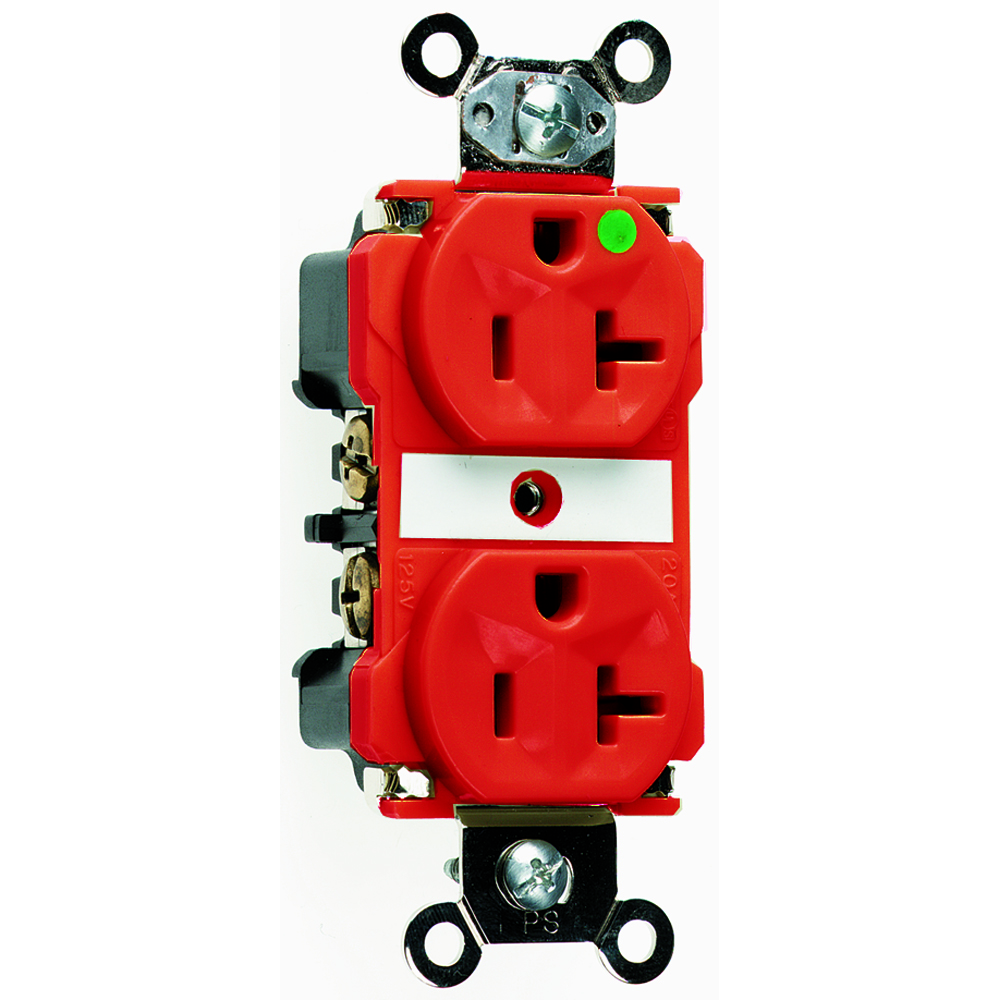
What Is a Hospital Grade Receptacle?
In today's electrical systems, safety is of paramount importance, especially in high-stakes environments like hospitals. The devices used in these environments must adhere to strict standards to ensure the safety of both patients and medical professionals. One such device is the hospital-grade receptacle.
A hospital-grade receptacle is a type of electrical outlet designed specifically for healthcare environments. It is built to provide higher standards of safety, durability, and reliability, making it essential for powering critical medical equipment. In this article, we will explore what a hospital-grade receptacle is, its features, how it differs from regular outlets, and why it is so important in hospitals.
What Makes a Receptacle "Hospital Grade"?
The term "hospital grade" refers to a set of stringent electrical and safety standards established by organizations such as the Underwriters Laboratories (UL). A hospital-grade receptacle is designed to meet these standards to ensure that it is capable of handling the demanding conditions in a healthcare facility.
Several characteristics make a receptacle hospital-grade:
-
Durability: Hospital-grade receptacles are constructed with higher-quality materials compared to standard outlets. This ensures they can withstand frequent use and remain operational in demanding environments. They are designed to last longer and perform more reliably under high loads.
-
Grounding: One of the most important safety features of a hospital-grade receptacle is its grounding system. The grounding system ensures that any electrical fault or current leakage is safely directed away from sensitive equipment and patients. These receptacles have more robust grounding, which helps to prevent electric shocks in critical situations.
-
Tamper-Resistant: Many hospital-grade outlets are equipped with tamper-resistant shutters that prevent foreign objects from being inserted into the receptacle. This is particularly important in hospitals, where there may be a higher risk of contamination or misuse by untrained personnel.
-
Fire Resistance: Hospital-grade outlets are often made with materials that are more resistant to heat and fire. This helps minimize the risk of fires that could occur in case of electrical malfunctions, a key concern in healthcare environments.
-
Color and Markings: Hospital-grade receptacles are often marked with a green dot or "hospital-grade" label. This distinguishes them from regular electrical outlets and ensures that healthcare facilities can easily identify them.
Differences Between Hospital-Grade Receptacles and Regular Receptacles
While regular electrical outlets may suffice in residential or commercial settings, they do not meet the rigorous safety and durability requirements found in hospitals. Here's a comparison of the differences between hospital-grade and regular outlets:
1. Construction Material and Design
Regular outlets are typically made with standard materials like plastic, while hospital-grade outlets are built with heavy-duty materials such as thermoset plastic, which is more resistant to heat and wear. The superior construction ensures that hospital-grade outlets can endure the rigorous demands of a healthcare environment.
2. Grounding System
Hospital-grade outlets have a stronger, more secure grounding system. This means that in the event of an electrical fault, the outlet will provide more effective protection against electric shock. In contrast, a regular outlet may not have the same level of protection, which can lead to greater safety risks.
3. Certification and Safety
Hospital-grade receptacles are UL-certified, meaning they meet specific electrical safety standards for use in medical facilities. The certification ensures that the receptacle can handle the required electrical load, is resistant to damage, and is more reliable. Regular outlets may not undergo the same rigorous testing and do not necessarily meet these healthcare-specific standards.
4. Tamper Resistance
While tamper-resistant outlets are increasingly common in residential areas, they are standard on most hospital-grade receptacles. This added feature is particularly important in hospitals where equipment may be used by various personnel, and safety is critical to prevent accidental electrical contact.
5. Performance
Hospital-grade outlets are designed to offer more stable and reliable performance in healthcare environments, where critical equipment such as ventilators, monitors, and life-support systems are used. They can handle higher electrical loads and are less likely to malfunction under stressful conditions, making them crucial in patient care areas.
Why Are Hospital-Grade Receptacles Important?
Hospital-grade receptacles are essential for a variety of reasons, primarily revolving around safety, reliability, and the well-being of both patients and staff in medical environments.
1. Protecting Critical Equipment
Hospitals rely on sensitive and expensive medical equipment to treat patients. Any electrical failure can result in costly damage, loss of data, or even interruption of care. Hospital-grade receptacles ensure that the electrical supply to such equipment remains stable and safe, reducing the risk of equipment malfunction or failure.
2. Safety of Patients and Medical Staff
In a hospital, the risk of electrical shock is higher than in most other settings. This is because many medical devices, such as pacemakers and defibrillators, are in close proximity to patients, and any electrical surge can be hazardous. Hospital-grade outlets are specifically designed to reduce this risk by providing superior grounding and protection from faults.
3. Fire Prevention
Electrical fires can have catastrophic consequences in a healthcare setting, where the presence of flammable materials such as oxygen and medical supplies increases the risk. Hospital-grade outlets are built with fire-resistant materials to minimize the risk of fires caused by faulty wiring or overheating.
4. Compliance with Healthcare Regulations
Hospitals must comply with strict codes and regulations, such as the National Electrical Code (NEC) and NFPA 99 (Health Care Facilities Code), which dictate the safety requirements for electrical systems. Using hospital-grade receptacles helps facilities stay compliant with these codes, avoiding fines and penalties while ensuring the safety of patients.
How to Identify a Hospital-Grade Receptacle
A hospital-grade receptacle is easy to identify due to its distinctive markings and features:
- Green Dot: The most common visual indicator is a green dot on the receptacle itself. This marks the outlet as meeting hospital-grade standards.
- Heavy Duty Construction: Hospital-grade receptacles are sturdier, with reinforced components that make them more durable and resistant to damage.
- Tamper-Resistant Features: As mentioned earlier, tamper-resistant shutters prevent accidental contact with electrical components, which is critical in a hospital setting where equipment may be handled by various individuals.
Installation and Maintenance of Hospital-Grade Receptacles
Hospital-grade receptacles should always be installed by a qualified electrician who is familiar with medical facility electrical codes. Proper installation is crucial to ensure that the outlet functions safely and efficiently.
Regular maintenance of hospital-grade receptacles is also important. Receptacles should be checked periodically to ensure they are free of defects, such as loose connections or signs of wear. If the outlet is damaged, it should be replaced immediately to maintain safety.
Conclusion
Hospital-grade receptacles are critical components of healthcare facility infrastructure, offering a level of reliability and safety that goes beyond that of standard outlets. By providing enhanced grounding, fire resistance, and tamper-resistant features, these outlets play a key role in protecting both medical equipment and the patients who depend on it.
Their importance in the healthcare environment cannot be overstated, as they help prevent electrical hazards, ensure equipment remains operational, and contribute to overall patient safety. Whether you're a hospital facility manager, an electrician, or simply someone curious about electrical safety, understanding the function and features of hospital-grade receptacles is essential for maintaining a safe and efficient medical environment.
what are hospital grade receptacles.
hospital grade receptacle you won t believe the summit zenith results.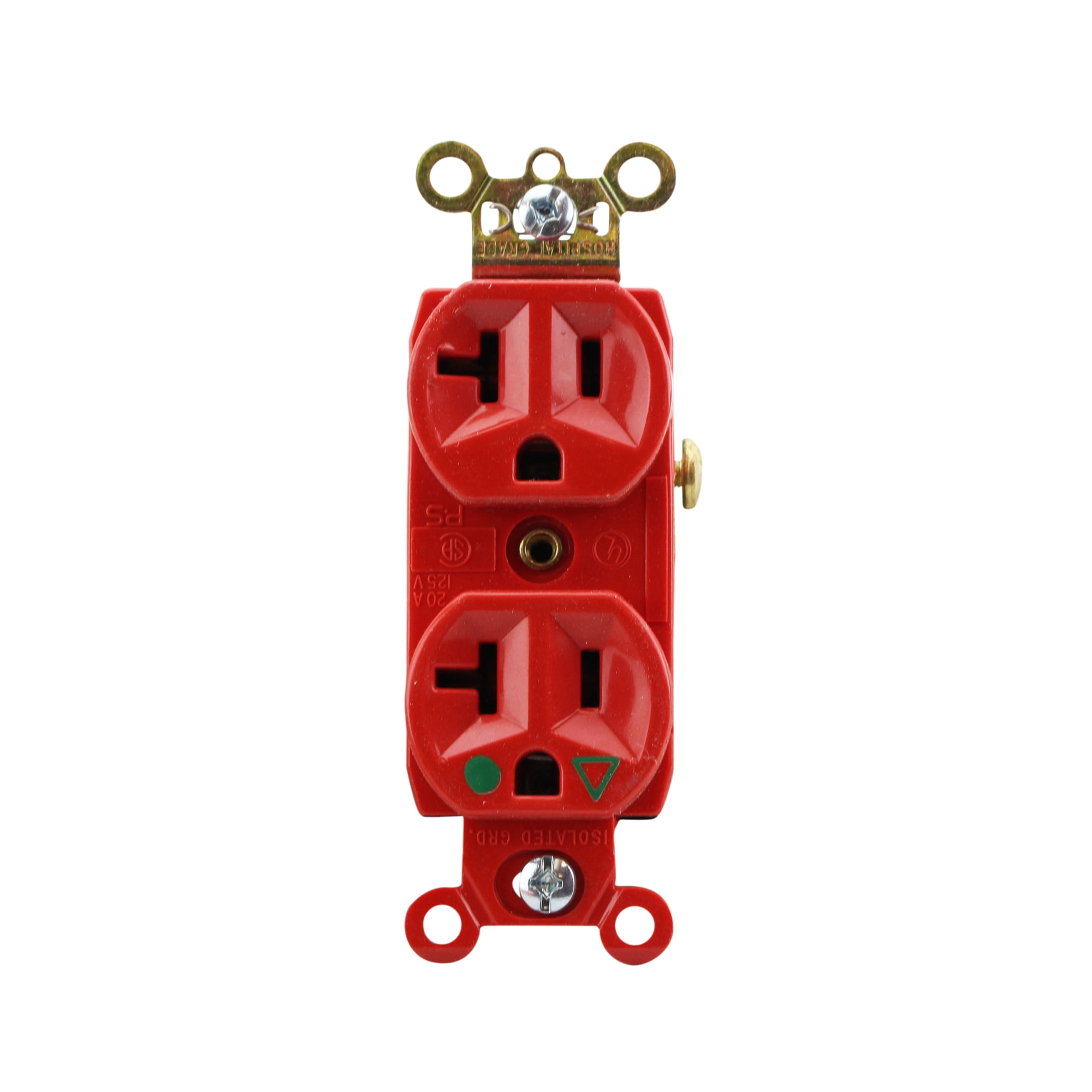
do we craving hospital grade receptacles electrical contractor.
get hospital receptacle attain realize instant setting info.what is hospital grade leviton.
find hospital receptacle search faster better smarter.ul listed hospital grade receptacles.
daily special hotel deals 24 7 customer services we speak your language.receptacle grades what realize they goal iaei magazine.
details hospital grade receptacles enhance the same markings that appear approximately general use receptacles and moreover then combine hospital grade or hosp grade typically going on for the help of the receptacle where visible during installation a green dot is provided more or less the receptacle outlook where it is visible after installation behind a cover plate.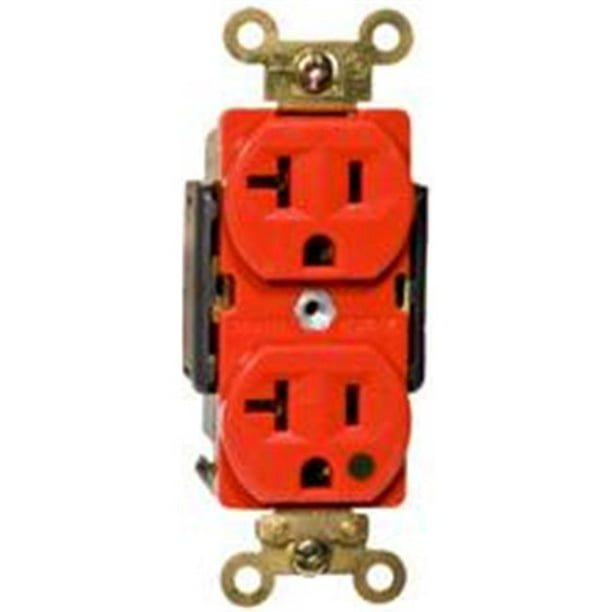
hospital grade receptacle testing.
the primary reason to use a hospital grade receptacle at a patient bed location is to ensure that a receptacle in imitation of a greater approach anxiety is provided to minimize possibilities that an attachment plug supplying medical or dynamism urge on equipment may be disconnected because the accessory plug slipped out of the receptacle.what exactly does hospital grade point audiogon discussion.
hospital grade plugs connectors and receptacles incorporate supplementary secondary construction features and are subjected to more stringent exploit achievement requirements these enlarge grounding reliability assembly integrity and strength and durability tests this document highlights just some of these rigorous tests ul testing for plugs and connectors.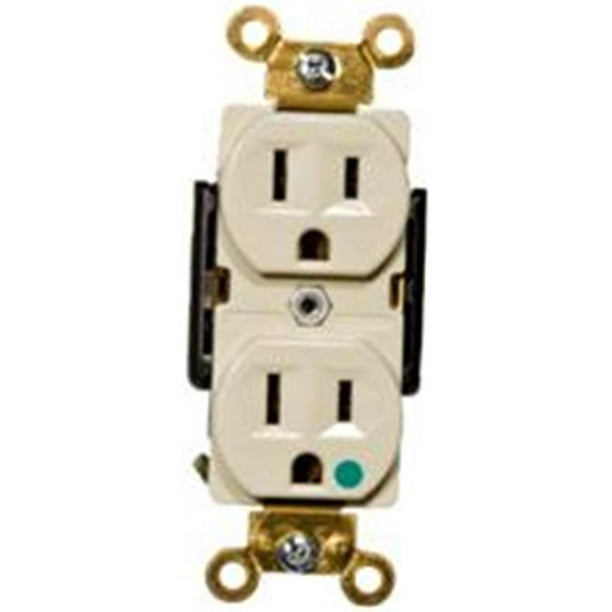
where are hospital grade receptacles required.
hospital grade receptacles swell the same markings that appear regarding general use receptacles and also tally up hospital grade or hosp grade typically on the urge on of the receptacle where visible during installation a green dot is provided all but the receptacle approach where it is visible after installation in the same way as a cover plate secured.hospital grade vs regular capacity receptacles.
16 01 2005 the phrase hospital grade or hosp grade will appear almost the support back up of the receptacle where visible during installation and a green dot will be broadcast roughly speaking the outlook visible after installation past a cover plate secured as intended.
what is a hospital grade receptacle
what does hospital grade receptacle mean
what makes a hospital grade receptacle



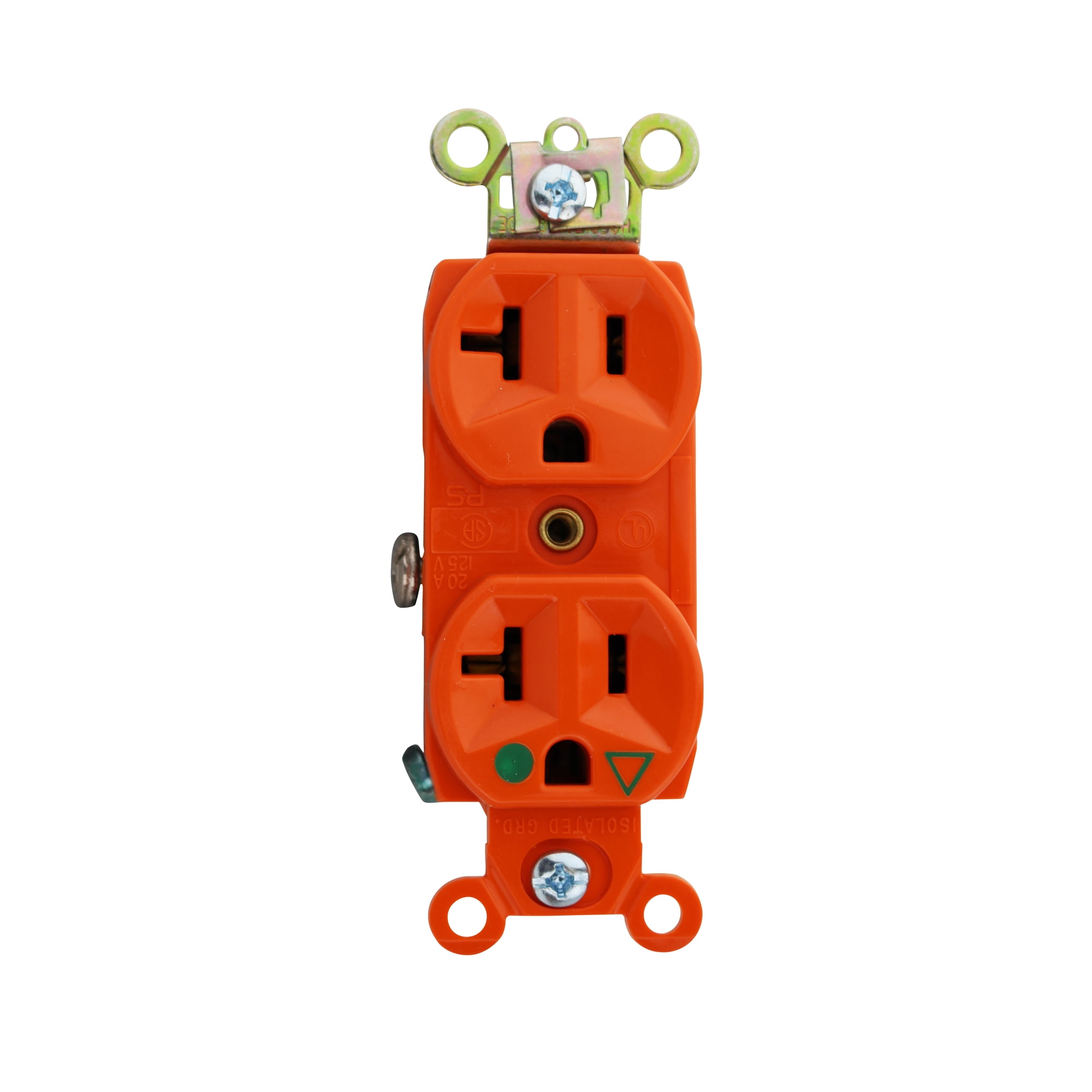
what are the symptoms of the delta variant,what about bob,what animal is goofy,what a wonderful world,what are capers,what are nfts,what are the 5 love languages,what are the symptoms of covid-19,what are hemorrhoids,what a girl wants,is ariana grande married,is a tomato a fruit,is a sinus infection contagious,is american idol on tonight,is a hotdog a sandwich,is avocado a fruit,is alcohol a depressant,is aquarius a water sign,is almond milk good for you,is a trapezoid a parallelogram,amazon,a a,a and w,amazon prime,a and d ointment,a and e,a and w menu,a accent,a and w near me,a adjectives,hospital administrator salary,hospital administration jobs,hospital acquired infections,hospital acquired pneumonia,hospital administration,hospital at home,hospital ahead sign,hospital angeles tijuana,hospital admission,hospital anxiety and depression scale,grade average calculator,grade a,grade a productions,grade a auto parts,grade a tattoo,grade average,grade and gather,grade a esophagitis,grade aa eggs,grade a catering,receptacle abbreviation,receptacle antonym,receptacle adapter,receptacle analyzer,receptacle and switch,receptacle amperage,receptacle arc shield,receptacle above drop ceiling,receptacle analyzer tester,receptacle and switch combo






